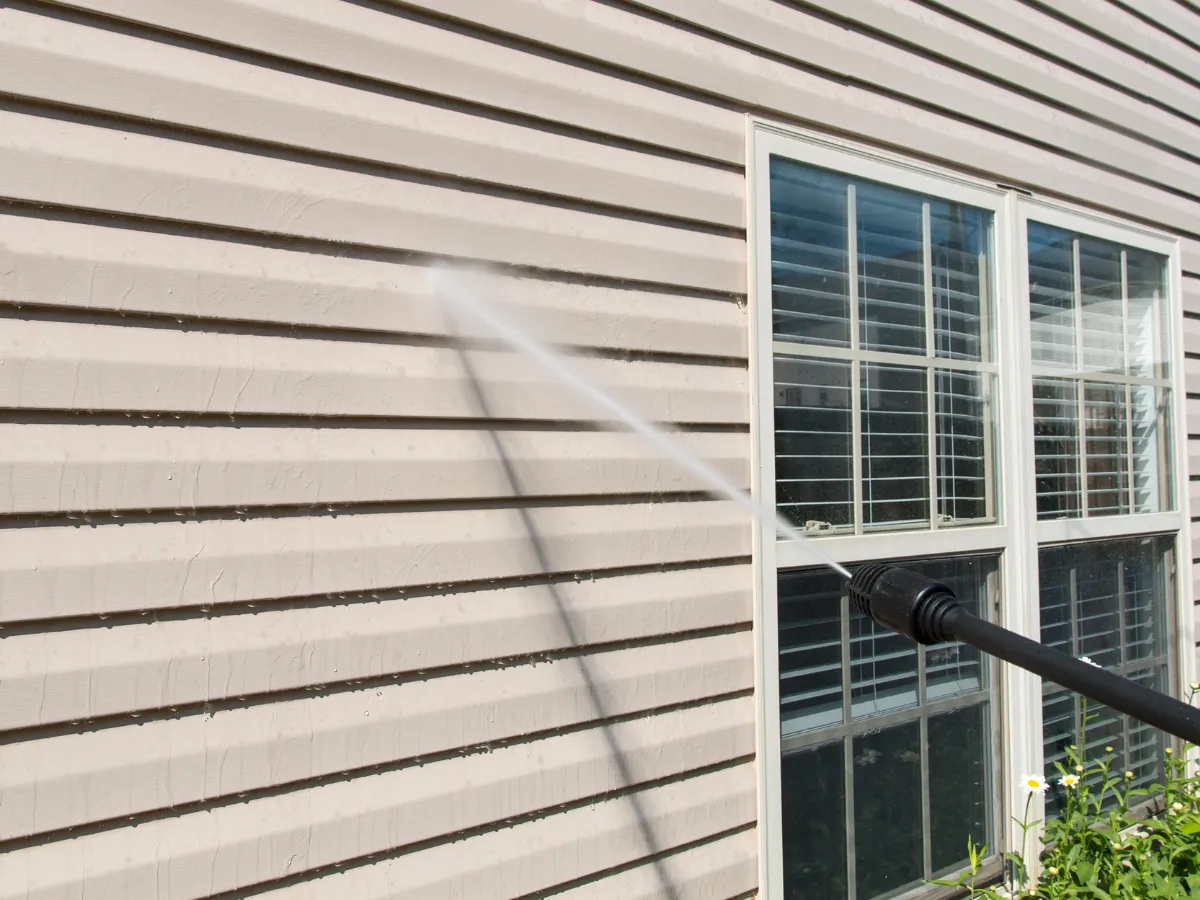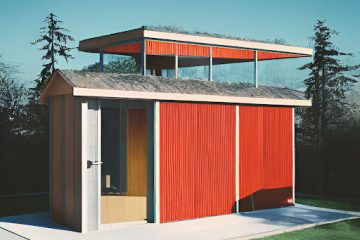Vinyl siding is a popular choice for homeowners in Indiana due to its durability and low maintenance. It can withstand harsh winters, hot summers, and everything in between. However, if not installed correctly, vinyl siding can buckle, warp, or crack, leading to costly repairs. One of the most common installation mistakes is fastening the siding too tightly. But how tight should vinyl siding be? Let’s break it down.
Why Vinyl Siding Shouldn’t Be Too Tight
Vinyl siding is designed to expand and contract with temperature changes. Indiana experiences both freezing winters and hot summers, causing siding to shift slightly. If it is nailed down too tightly, it won’t have the flexibility it needs to move, which can lead to warping, bulging, and even cracks over time.
You should be able to move a piece of your siding about a quarter to a half-inch horizontally. If it doesn’t budge at all, it’s likely too tight. Over time, this can result in panels buckling or pulling away from the house as they struggle to expand properly.
Signs Your Siding Is Too Tight
If your vinyl siding was installed too tightly, you might start noticing problems such as:
- Bulging or wavy siding – Panels that appear uneven or pushed outward are often the result of improper fastening.
- Cracks or breaks – When siding is restricted, stress can build up, leading to cracks.
- Popping nails or exposed fasteners – As siding expands, nails may work their way out.
- Difficulty moving panels – If siding doesn’t shift slightly when pressed, it may need adjustment.
- Loud creaks or popping sounds – These noises can indicate the siding is straining against the nails due to temperature changes.
How Vinyl Siding Should Be Installed
To prevent issues, installers should follow these key guidelines:
- Leave a small gap at the ends of the panels to allow for expansion.
- Nails should not be driven in too tightly – They should be placed in the center of the nailing slots and left slightly loose to allow movement.
- Use the correct fasteners – Stainless steel nails with a wide head help keep siding secure without restricting movement.
- Avoid over-stretching the siding panels during installation. Panels should hang loosely rather than being pulled tight.
Why Proper Siding Installation Matters
Improperly installed siding can lead to water damage, higher energy bills, and an unattractive exterior. Moisture trapped behind the siding due to warping can create mold issues, while gaps and loose panels can reduce insulation efficiency. By ensuring that your siding is installed with the right amount of flexibility, you protect your home’s structure and curb appeal.
What to Do If Your Siding Was Installed Too Tight
If you suspect your siding is too tight, it’s best to have it checked before serious damage occurs. A professional can determine whether adjustments can be made or if sections need to be replaced. Loose or improperly nailed panels can often be refastened correctly without needing a full replacement.
Final Thoughts
Vinyl siding is an excellent choice for Indiana homes, but only if installed correctly. The key to long-lasting, attractive siding is allowing it the room it needs to expand and contract. If your siding is too tight, you could end up dealing with warping, cracking, or moisture problems down the road. Regular inspections and proper installation techniques will keep your home looking great and protected for years to come.




